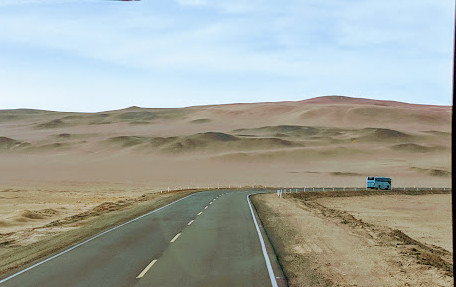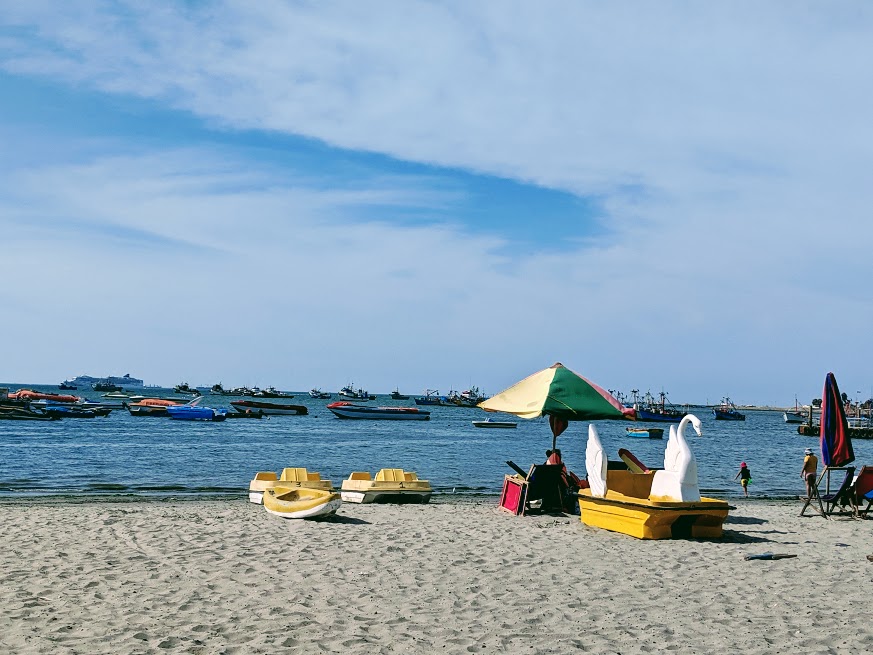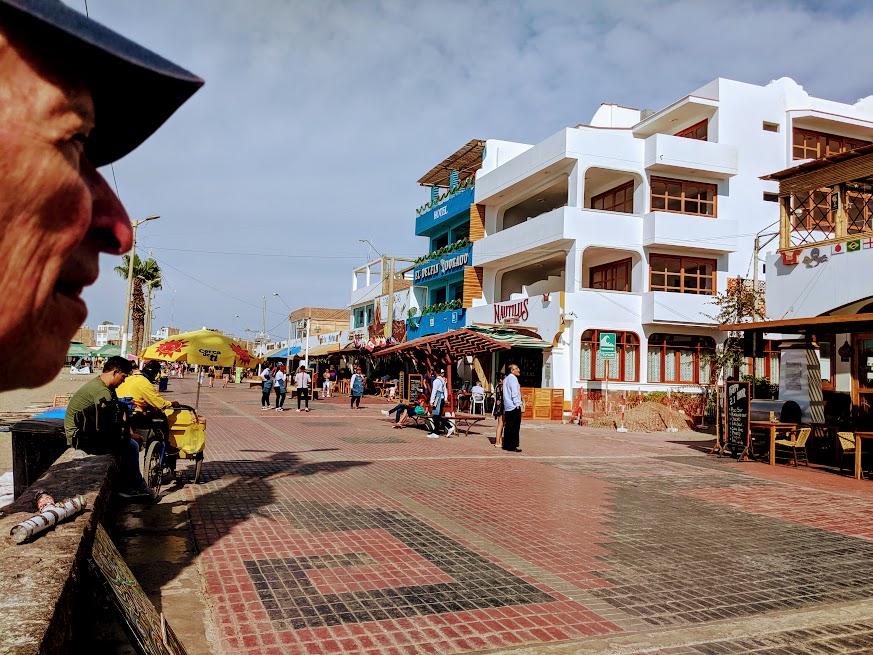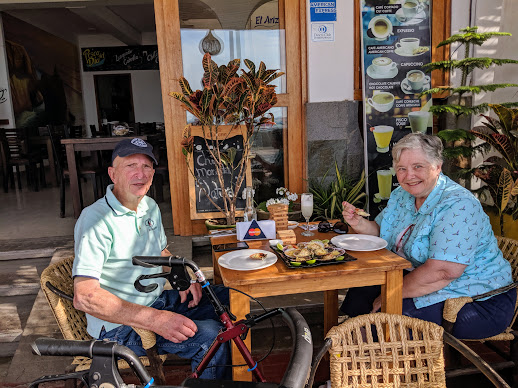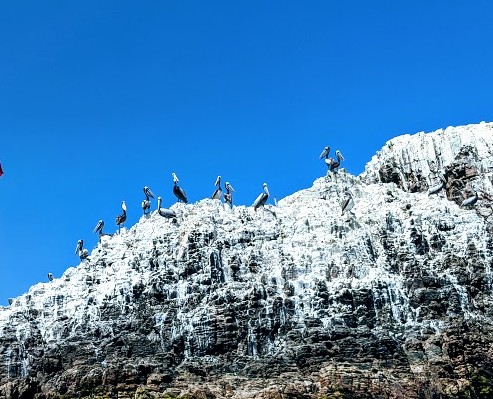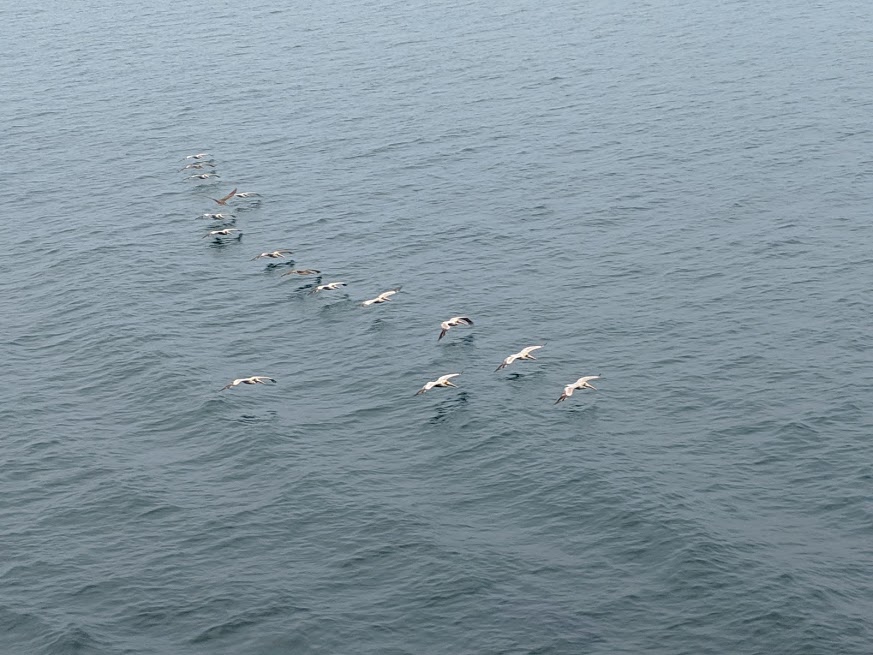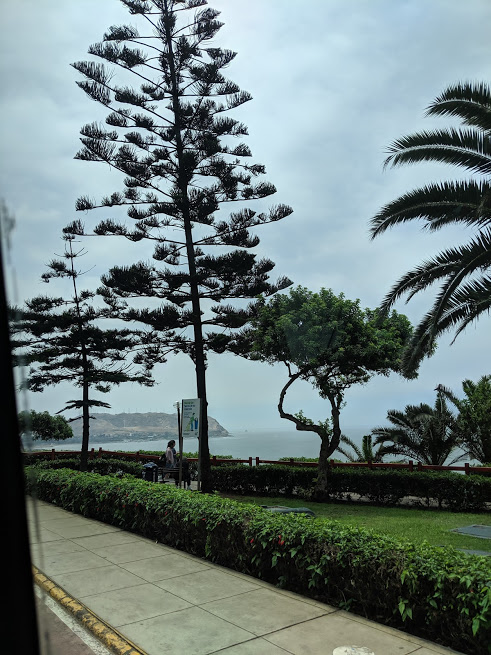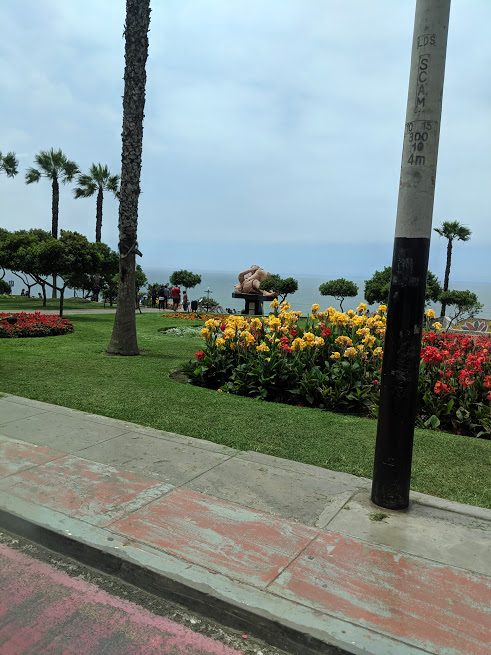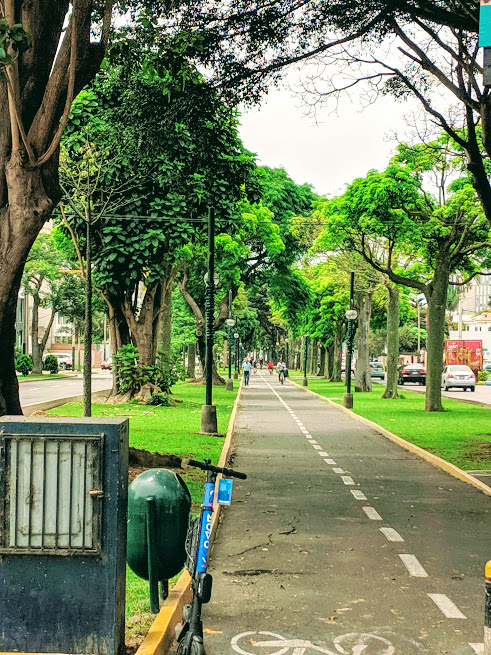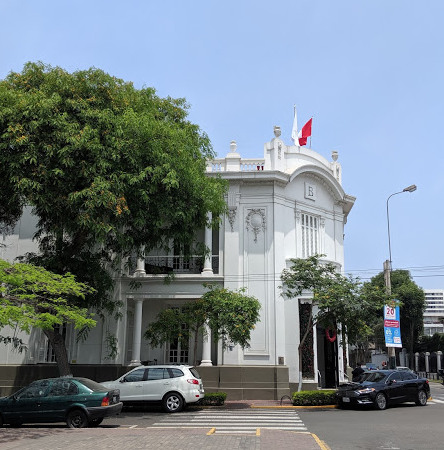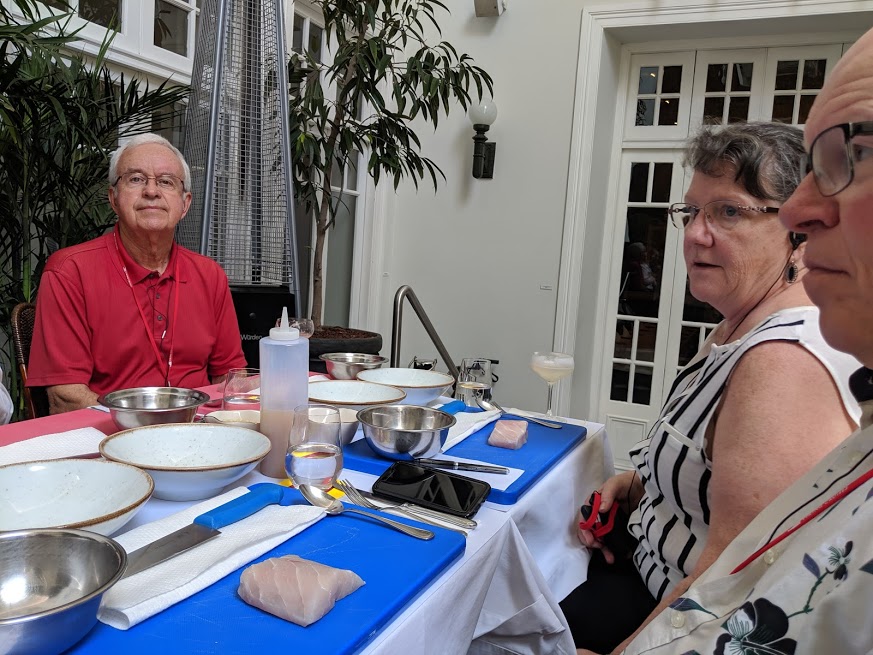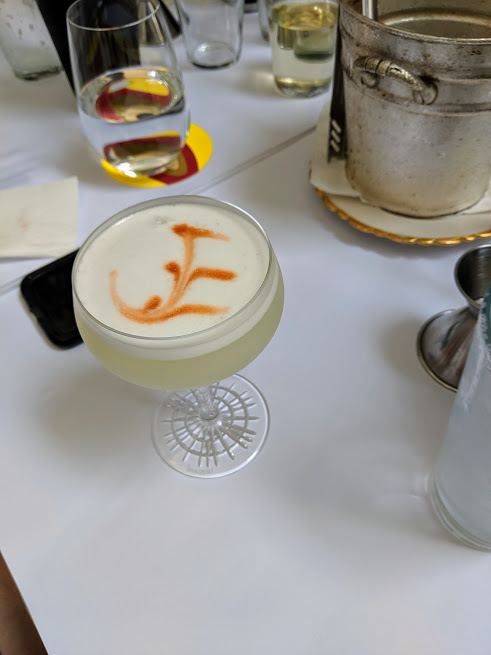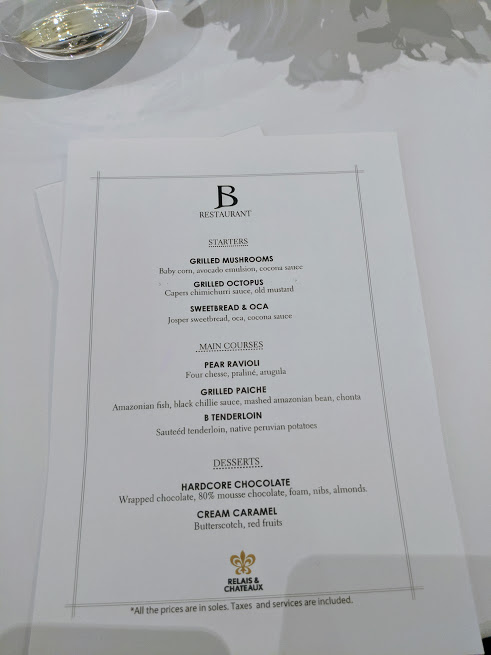Our first stop in Peru was El Chaco, a small port town serving the city of Pisco since the 1600’s. However, the shore excursions in Pisco, Peru were too long or energetic for us, so we simply went into the port town of El Chaco, a charming village on Paracas Bay. The Malecon has been rebuilt after a major earthquake in 2007. We stopped for a “magnet”, some great scallops that they are known for and their famous drink “Pisco Sour”.
The word Pisko (pisco) is an indigenous word for bird. In the 16th century, the Spaniards brought pisco grapes to South America and made brandy with them in this area. The Incas drank this stuff and thought they could fly, so they named it pisco — bird.
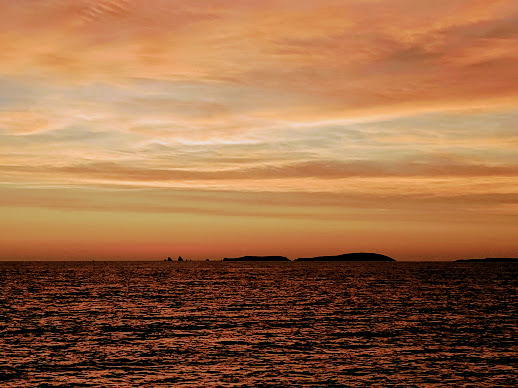
The next day we were docked in Callao and while John went on a boat ride to see some Coastal Wildlife of Peru, I went on a Peruvian Cuisine and Famous Cocktail tour, of course! 🙂

The Peruvian Pelican is restricted to the cold water of the Humboldt Current along the coast of Peru and Chile. Peruvian Pelican is nearly twice as big as its northern counterpart, the Brown Pelican, which is found in both the Pacific and Atlantic coasts of North America and northern South America.

Peruvian Pelicans. 
Brown Pelicans near Panama, their largest breeding area.
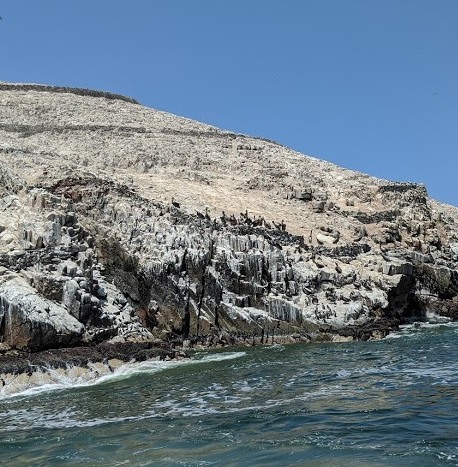
Humboldt penguins can breed at any time of year, usually digging burrow-like nests among piles of guano in caves and along cliffs. The Peruvian Booby is one of the most guano producing birds along the Peruvian coast, which is much needed by the Humboldt penguin for their nesting ground. Many were seen on the rocks, but no good pictures of them.
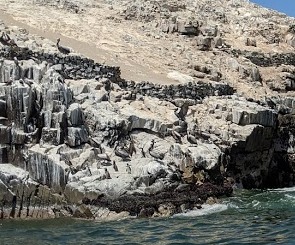

The Humboldt Current is one of the largest water currents in the world as it carries water for longer distances. The water then mixes with the warm waters at the equator, which marks the end of the Humboldt Current. The current is usually cold, except during El Nino.
Due to its cold nature, the current leads to the formation of fog along the coastal regions of Peru, Chile, and Ecuador and adds to the dryness of he coastal cities.
Furthermore, the arid climate experienced in the Peruvian coastline, and the Atacama Desert in Chile, are as a result of the Humboldt Current.
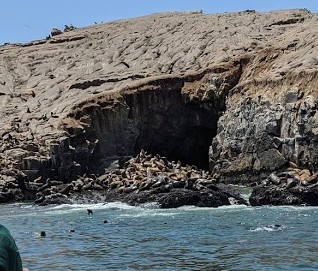
My tour took me into Lima that has a population of over 9 million! But the pre-Spanish civilization was estimated as having more than 16 million. There was a 3-night overland tour to Cusco and the abandoned site of the Inca Empire, Machu Picchu, (mid 1500’s) rediscovered in 1911. What a fascinating history. Too much climbing for us to go. 60% of Peru is Amazonian, 30% Andes.

This is a sunny day! 
Constant fog due to Humboldt Current
Less than 1 inch of rain per year in Lima! And I thought Yuma, AZ didn’t get any rain! The cloudiness is humidity that doesn’t evaporate, due to Humboldt current. There is a fog-collecting beetle that is sustained by the condensation of fog that it collects.

Beautiful tree-lined boulevards and bike paths. Barranco art district of 1920 buildings. 
Our hotel for cooking class and lunch. 
Llamas help Santa 🙂


From raw fish to great Ceviche.

Their famous Pisco Sour. It turned out well, but too much work! 
Our lunch menu, but I’ll save you from more food fotos 🙂
